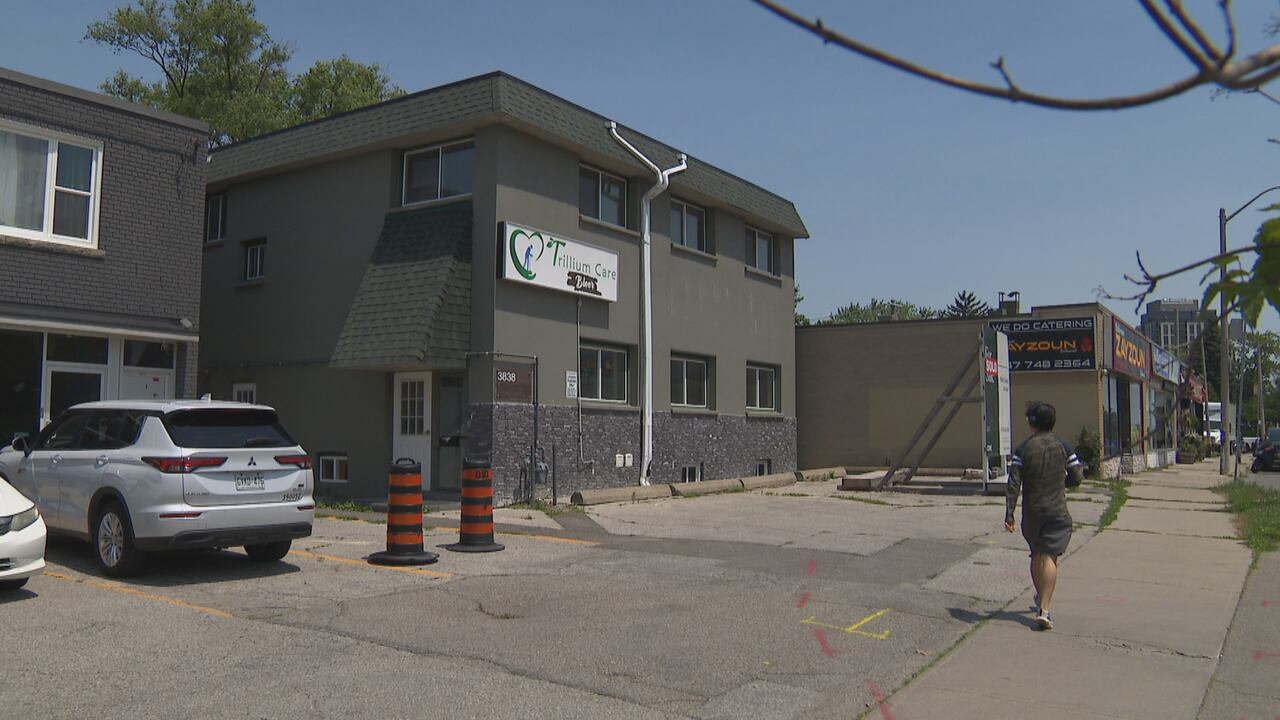Toronto’s Homeless Shelter Expansion Sparks Debate Over Public Involvement
As Toronto accelerates its plan to expand the number of homeless shelters over the next decade, a growing number of local officials and community groups are raising concerns about the lack of public input in selecting new shelter locations. This has led to a debate about transparency, democratic participation, and the balance between addressing urgent social needs and respecting the concerns of residents.
The city’s current policy allows staff to unilaterally decide on shelter locations without requiring approval from local residents or ward councillors. This approach, which was approved by city council in 2017, is now under increased scrutiny as plans for 20 new shelters are unveiled. These shelters, each with around 80 beds, are designed to provide more permanent solutions for people experiencing homelessness, rather than relying on temporary hotel accommodations.
City officials argue that the urgency of the housing crisis necessitates a swift response. According to data from the city’s website, approximately 12,000 individuals are currently housed in temporary shelters or hotels, which are costly and not sustainable long-term solutions. A 2023 report highlighted that the city receives an average of 291 calls per day from people seeking shelter space who must be turned away.
Despite this urgency, the city has not disclosed the locations of these new shelters until the planning process is complete. The rationale provided by city spokesperson Loretta Ramadhin is that this approach helps “de-politicize the selection process” and allows staff to act quickly in response to the growing homelessness emergency.
However, this lack of transparency has sparked frustration among some residents and local leaders. For instance, Coun. Doug Holyday only learned about a planned shelter on Bloor Street West in his ward after the deal was already underway. He criticized the process, stating that residents have a right to ask questions and be involved in decisions that affect their communities.
Community Concerns and Calls for Transparency
Residents’ groups, such as Scarborough United Neighbourhoods, have also voiced concerns about the current system. Ron Parkinson, a member of the group, argued that holding public consultations after a site has been chosen is insufficient. “Don’t come and tell us there’s a fire when the house has burned down,” he said.
This sentiment was echoed by other community members who feel excluded from the decision-making process. A seventh shelter location, 3838 Bloor Street W., was recently revealed in Holyday’s ward, further intensifying the debate.
In response, Holyday introduced a motion at the June 26 council meeting calling for the power to approve shelter locations to be returned to council. Although the motion was not approved, it was referred to the economic and community development committee for further discussion.
Coun. James Pasternak introduced a similar motion that passed, urging staff to re-evaluate how the public is consulted once a location is established. Pasternak emphasized the need for better communication with residents and ensuring they feel part of the process. “We’re increasingly ignoring the people who support us,” he said.
Balancing Urgency and Community Input
Pasternak also highlighted the challenges he faces as a councillor under the current system. He is briefed by city staff before a site is announced but cannot share this information with his constituents. “It puts me in a tough position with my constituents because I can’t tell them very much, and they expect me to,” he explained.
Holyday added that no other development projects in the city are planned in secret. “The public just simply wants to be involved,” he said. Whether it’s a new building, road changes, or other developments, he argued that democracy requires involving residents in decisions that affect their neighborhoods.
However, not all councillors agree with this perspective. Some, like Coun. Dianne Saxe, support the current system, emphasizing the urgent need for new shelters due to rising homelessness and an influx of refugees since the pandemic. “There is a rising tide of fury among my constituents over encampments,” she said.
Saxe acknowledged the concerns of residents but argued that the city must prioritize providing shelter for those in need. She noted that while people don’t have the right to choose their neighbors, the new smaller shelters are designed to avoid the social disorder associated with previous temporary solutions. “They’re good neighbours,” she said.
Ongoing Challenges and Future Steps
As the debate continues, the city faces the challenge of balancing rapid action with community engagement. While the need for more permanent shelter options is clear, the question remains: how can the city ensure that residents are heard without slowing down the process?
Council meetings and community discussions will likely play a key role in shaping the future of Toronto’s shelter expansion. As the city moves forward, the tension between speed and transparency will remain a central issue in the ongoing conversation about homelessness and urban development.







